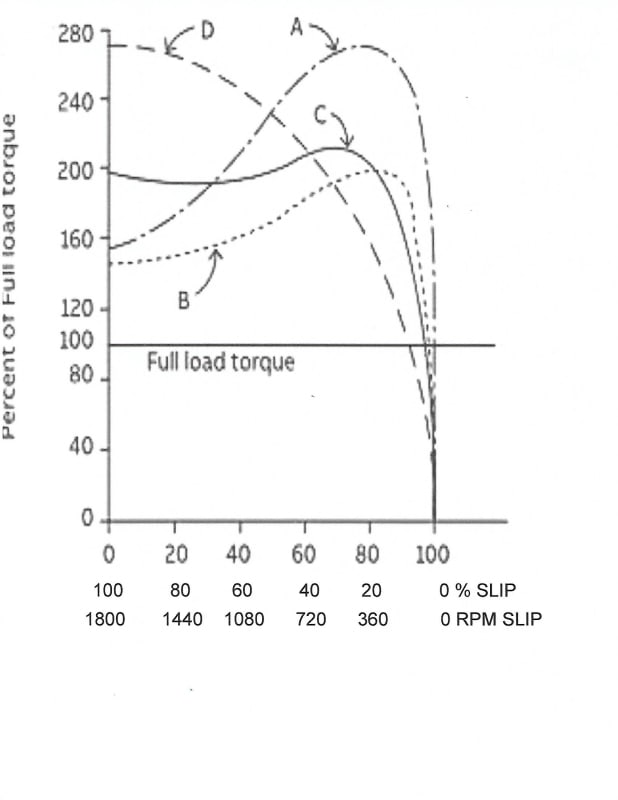Hello,
I know some basics about electric motors (sync, async, DC) but i know nothing about regenerative braking used in some cars (e.g. hybrid or fully electric).
I read on wikipedia that it is not (yet) possible to completely and safely stop a vehicle only by using it and a manufacturer still needs brake pads.
Is it really the case ? Where can I find some research on this ?
Could it be possible with the right electronical system ?
Thanks for your answers
I know some basics about electric motors (sync, async, DC) but i know nothing about regenerative braking used in some cars (e.g. hybrid or fully electric).
I read on wikipedia that it is not (yet) possible to completely and safely stop a vehicle only by using it and a manufacturer still needs brake pads.
Is it really the case ? Where can I find some research on this ?
Could it be possible with the right electronical system ?
Thanks for your answers

